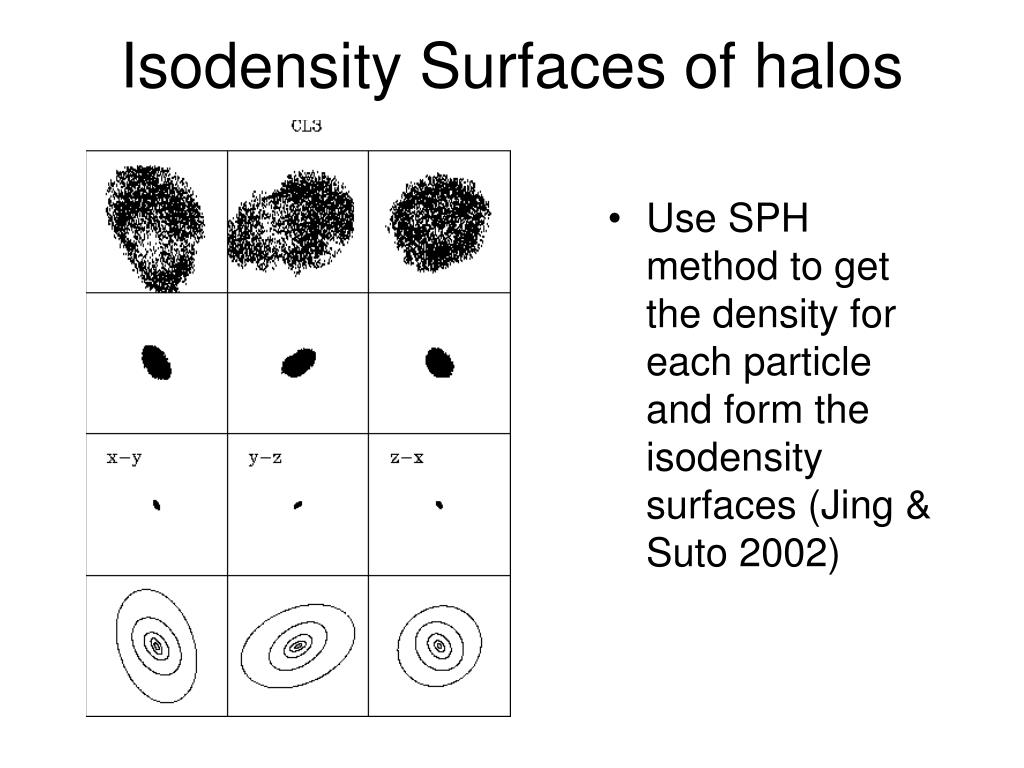

A dozen new galaxies caught in the act: gas stripping and extended emission line regions in the coma cluster. Strange filamentary structures (‘fireballs’) around a merger galaxy in the Coma cluster of galaxies. The remarkable 60 × 2 kpc optical filament associated with a poststarburst galaxy in the Coma cluster. Virgo galaxies with long one-sided H i tails. A 70 kiloparsec X-ray tail in the cluster A3627. 75 kiloparsec trails of ionized gas behind two irregular galaxies in A1367. Environmental effects on late-type galaxies in nearby clusters. It also indicates the importance of the Hα data to study clumping and turbulence in the intra-cluster medium.īoselli, A. The established relation in stripped tails, also in comparison with the probably related correlations in similar environments such as galactic winds and X-ray cool cores, provides an important test for models of energy transfer in the multi-phase gas. This discovery provides evidence for the mixing of the stripped interstellar medium with the hot intra-cluster medium as the origin of the multi-phase tails. Here we report a strong linear correlation between the X-ray surface brightness and the Hα surface brightness of the diffuse gas in the stripped tails at ~10–40 kpc scales, with a slope of ~3.5. Despite the recent burst of observational evidence, the relationship between gas in different phases in the tails is poorly known. As energy transfer in the multi-phase medium is an outstanding question in astrophysics, galaxies in stripping are great objects to study.

Recent multi-wavelength data have revealed many examples of galaxies undergoing stripping, often accompanied with multi-phase tails 2, 3, 4, 5, 6, 7, 8, 9, 10, 11, 12, 13. The impact of ram pressure stripping on galaxy evolution is well known (for example, ref.


 0 kommentar(er)
0 kommentar(er)
